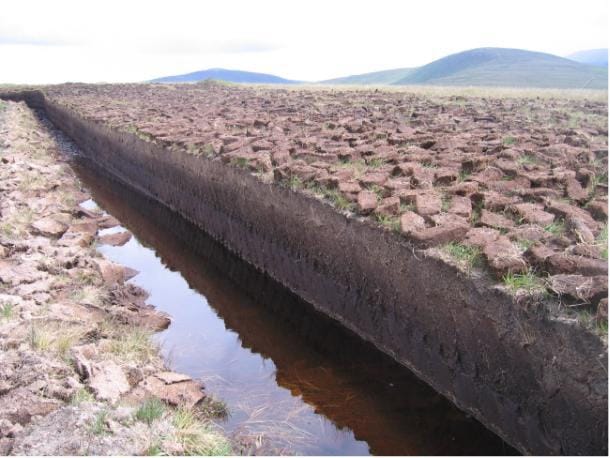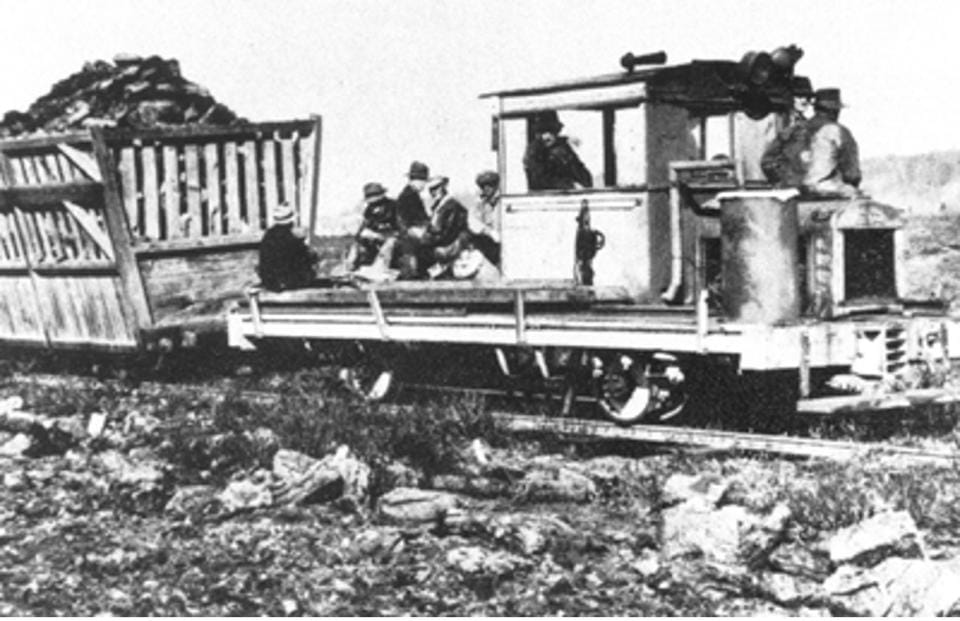Peat Extraction
In Europe, peat has been used as a fuel source for hundreds of years. However, many scientists in recent years have suggested that peat is not a sustainable resource because peat extraction involves loss of peatland habitats, which can take hundreds of years to regenerate and may never return to their original condition.
Did you know?
There are alternatives to using peat for your gardening:
- Garden compost
- Leaf compost
- Wood chips
- Manure
- Coir (coconut fibre)

In 1938, BC Peat Company Ltd. purchased 1,000 acres of the Burns Ranch (at a price of $25 per acre) and went before Delta Council to present their plans for construction of a $75,000 peat plant and access road in the bog. The production process failed, and the company ceased operations after expending $300,000. Atkins & Durbrow Ltd. took over production and successfully operated in the bog until 1964, at which time they were bought out by Western Peat Moss Ltd. (The Delta Centenary 1878-1979).
Peat extraction really took off during World War II, when the U.S. Government sourced peat from Burns Bog to use as a catalytic agent in refining magnesium for fire bombs. Two peat plants were established in Burns Bog, one on the east side in 1942 and one on the west side in 1944. The Delta Optimist reported that this peat industry was a higher priority than shipyards, aircraft factories, or the shipping of spruce for airplanes. More than 100,000 bales of local peat were shipped to a magnesium production plant near Las Vegas. Procurement of peat was so vital to the war effort that, at one point, the U.S. government considered the purchase of 200 acres of bog on nearby Lulu Island.

